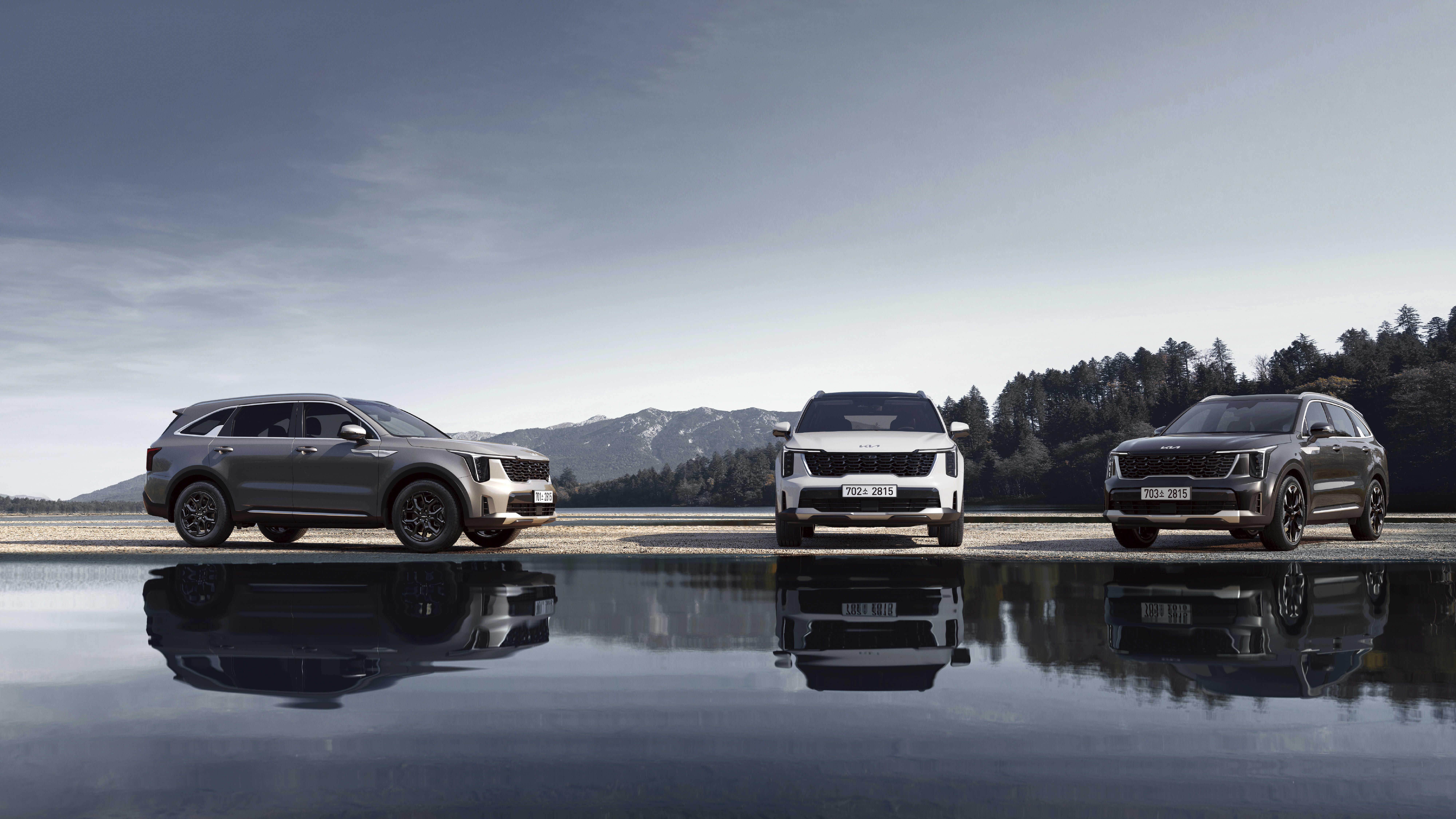
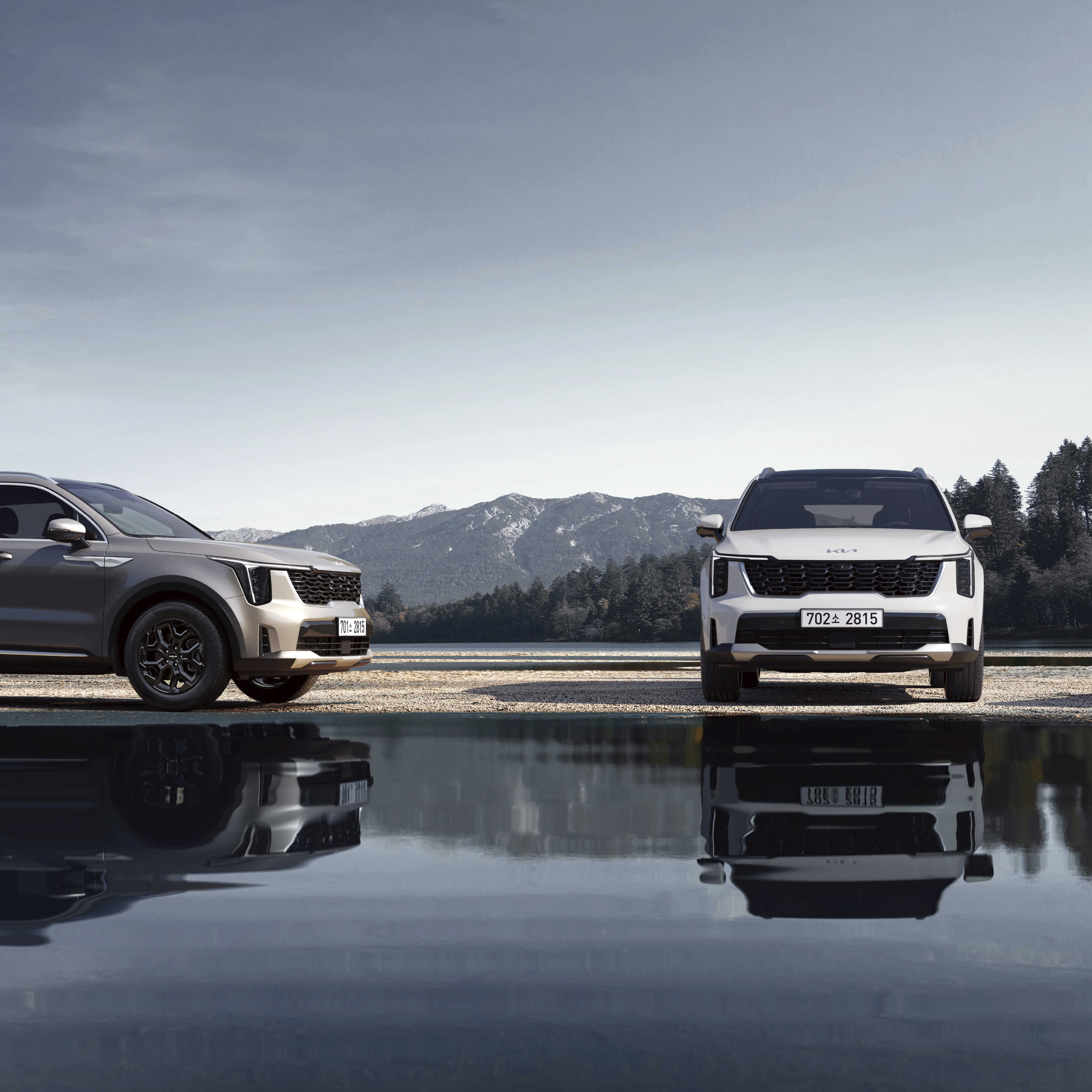



The 4th generation Sorento, which has maintained its position as the leader in the domestic mid-sized SUV market since its launch in 2020, has greatly strengthened its marketability and evolved into the new Sorento. Its interior and exterior design have become more refined, and cutting-edge IT technology, including various convenience features and wireless software updates, has been widely applied in line with the latest trends. This clearly shows Kia’s strategy to further solidify the new Sorento’s reputation as a mainstream model.
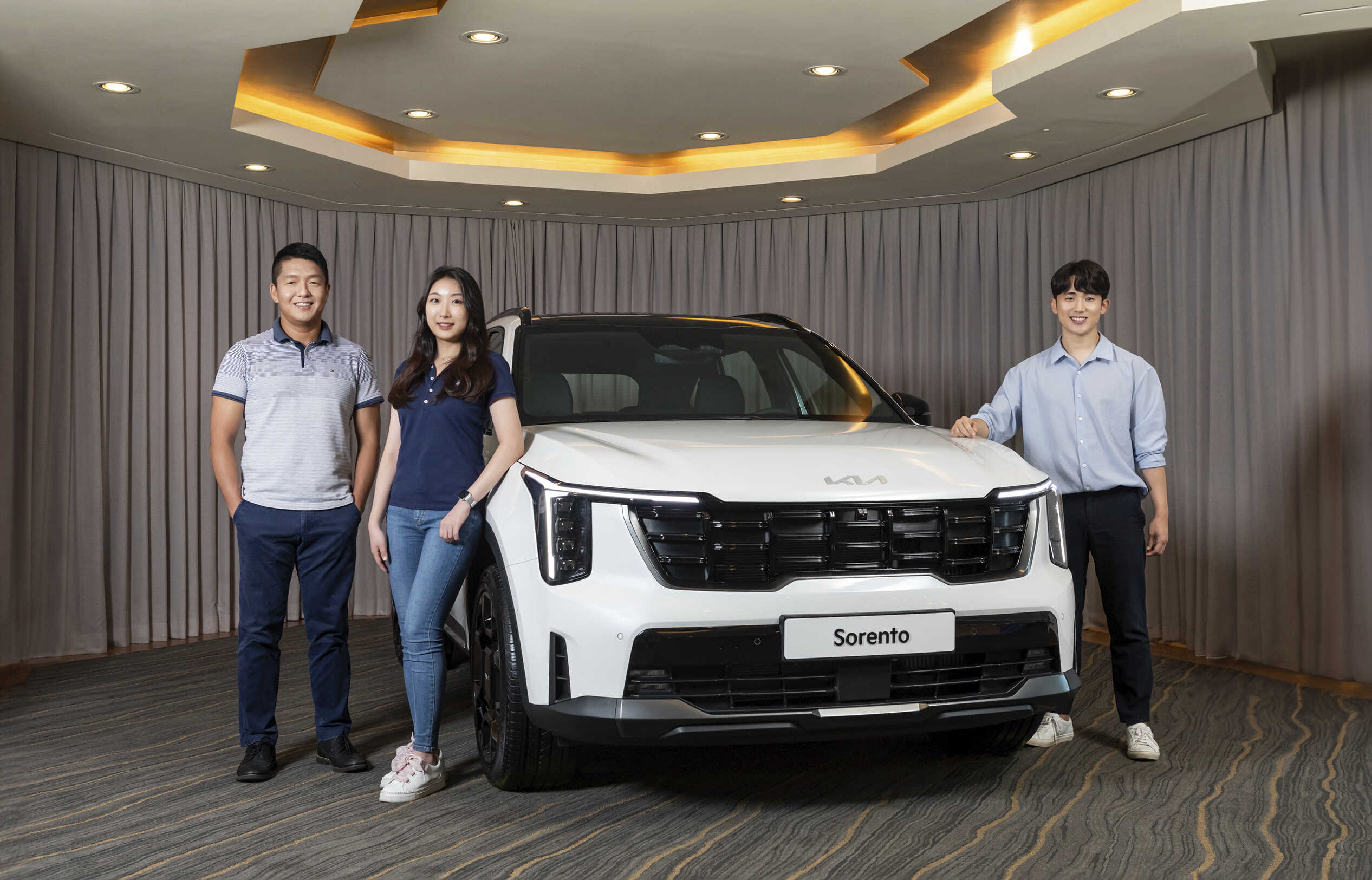
The key players who led the improvement in marketability - senior researcher Ju-kyung Kim and researcher Jayong Choi of the MLV (Midsize Large Vehicle) Project Team 6, who are conducting a new model development project in collaboration with other teams at the Hyundai Motor Company and Kia Namyang Technology Research Center, and Serin Kim, manager of Kia Domestic Product Team 2, who is in charge of new model planning and product composition - spoke in detail about the upgraded and main features of the new Sorento.
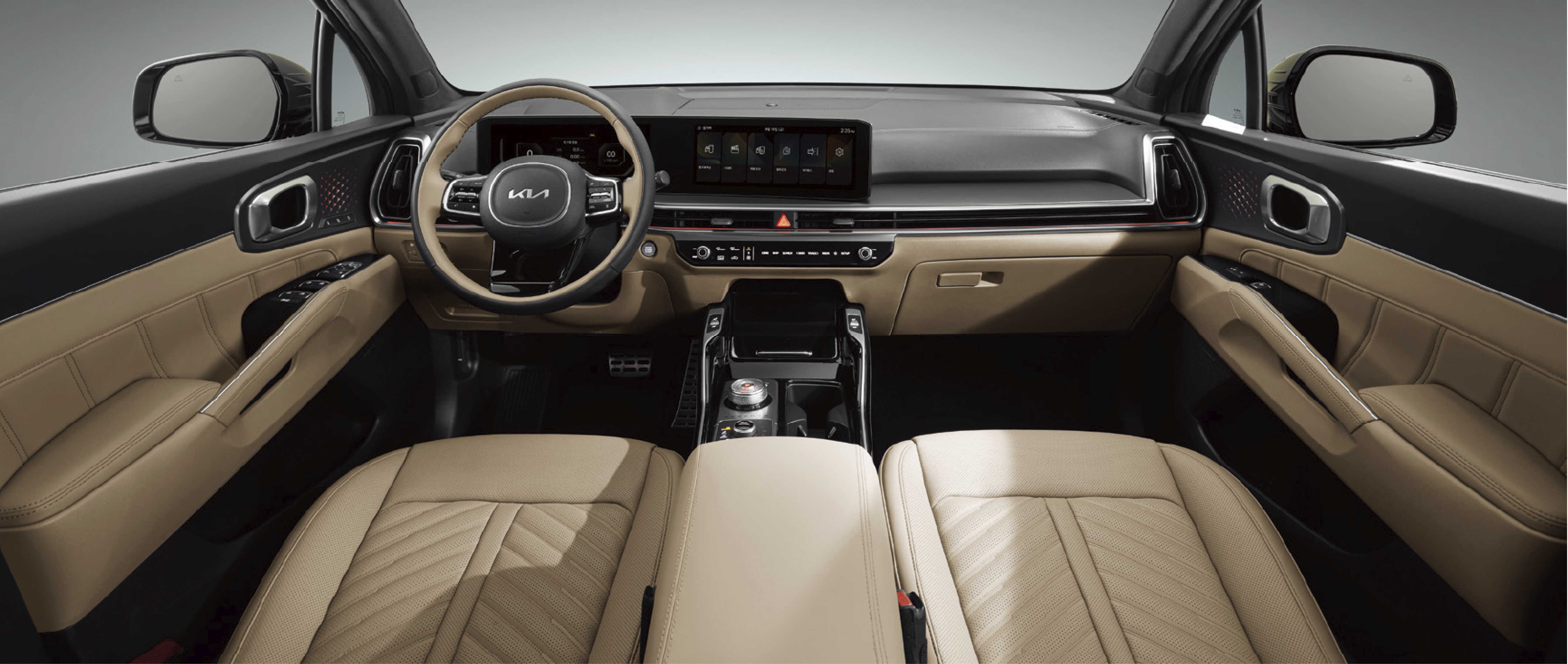
Q. Sorento is a timeless best-selling model not only domestically but also overseas. I don’t think it would have been easy to realize a marketability that surpasses the existing level of perfection. Please tell us the major improvement directions for the new Sorento.
The new Sorento reflects Kia’s design philosophy, Opposites United, and has a strong and dynamic design, as well as significantly enhanced advanced specifications such as connectivity and advanced driver assistance systems (ADAS). The reason is that according to our analysis, the new Sorento’s core target - SUV consumers in their 30s and 40s - had a high demand for new technology. In addition, as this is a family SUV, it is designed to provide a more comfortable and pleasant travel experience for all passengers, including the driver. Various convenient features have been added to the previously highly complete basic specifications, so you will be able to enjoy a more comfortable journey.
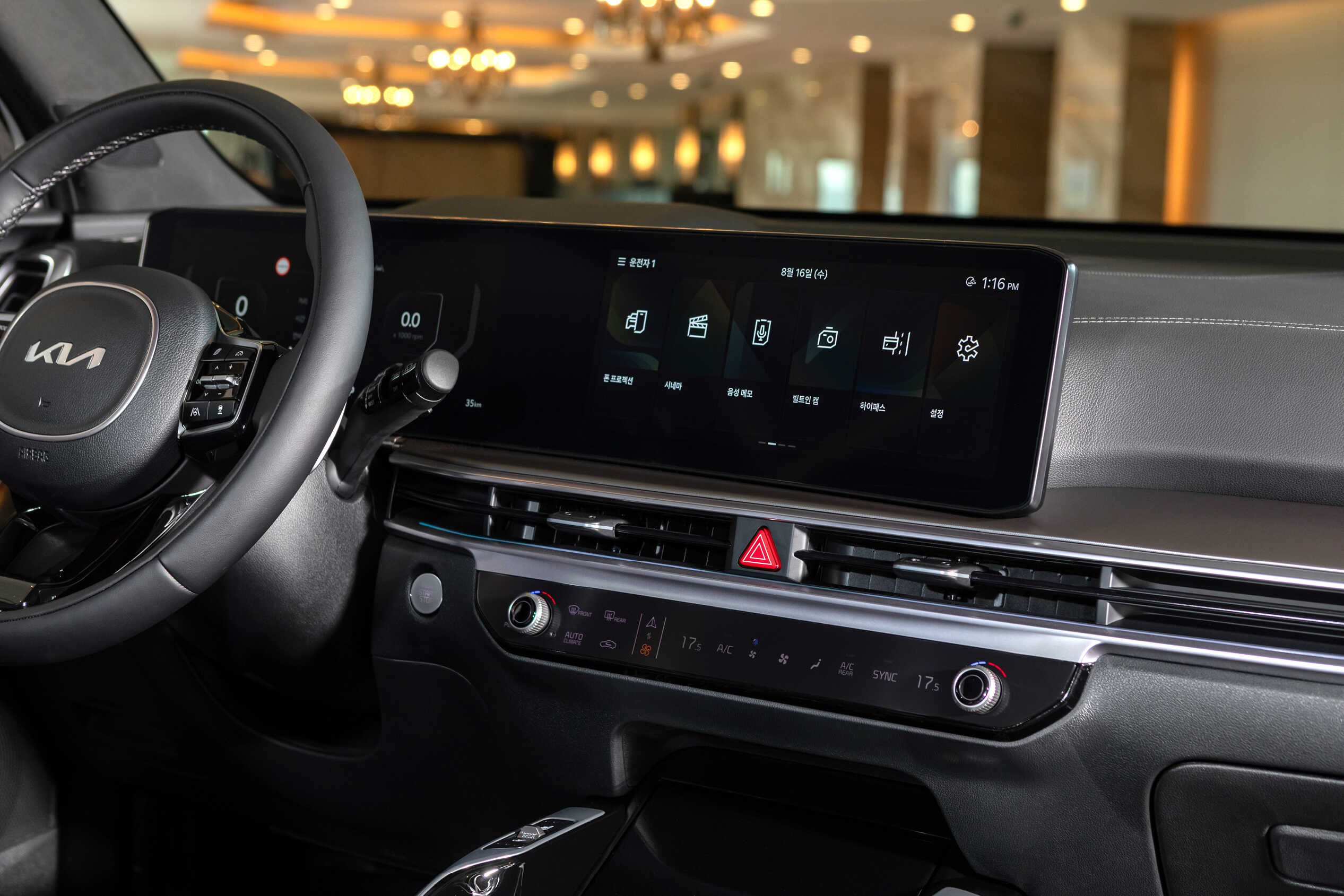
Q. When the 4th generation Sorento was first released, it attracted attention due to keywords such as midsize SUV based on the 3rd generation platform, hybrid midsize SUV, 8-speed DCT, and Multi-Collision Brake. Please explain the notable technologies in the new Sorento.
As this is not a new generation model, the goal was to provide a convenient user experience by applying a variety of proven, up-to-date technologies rather than installing new technologies. For example, wireless software updates, an advanced connectivity technology, will provide an innovative experience where the car is always kept up to date. The controller wireless software update technology installed in the new Sorento is a cutting-edge technology that supports continuous updates not only in the indoor infotainment system but also in various fields such as driving, steering, braking, and safety. Even if new updates are distributed in the future, consumers can stay up to date at any time without visiting the customer center.
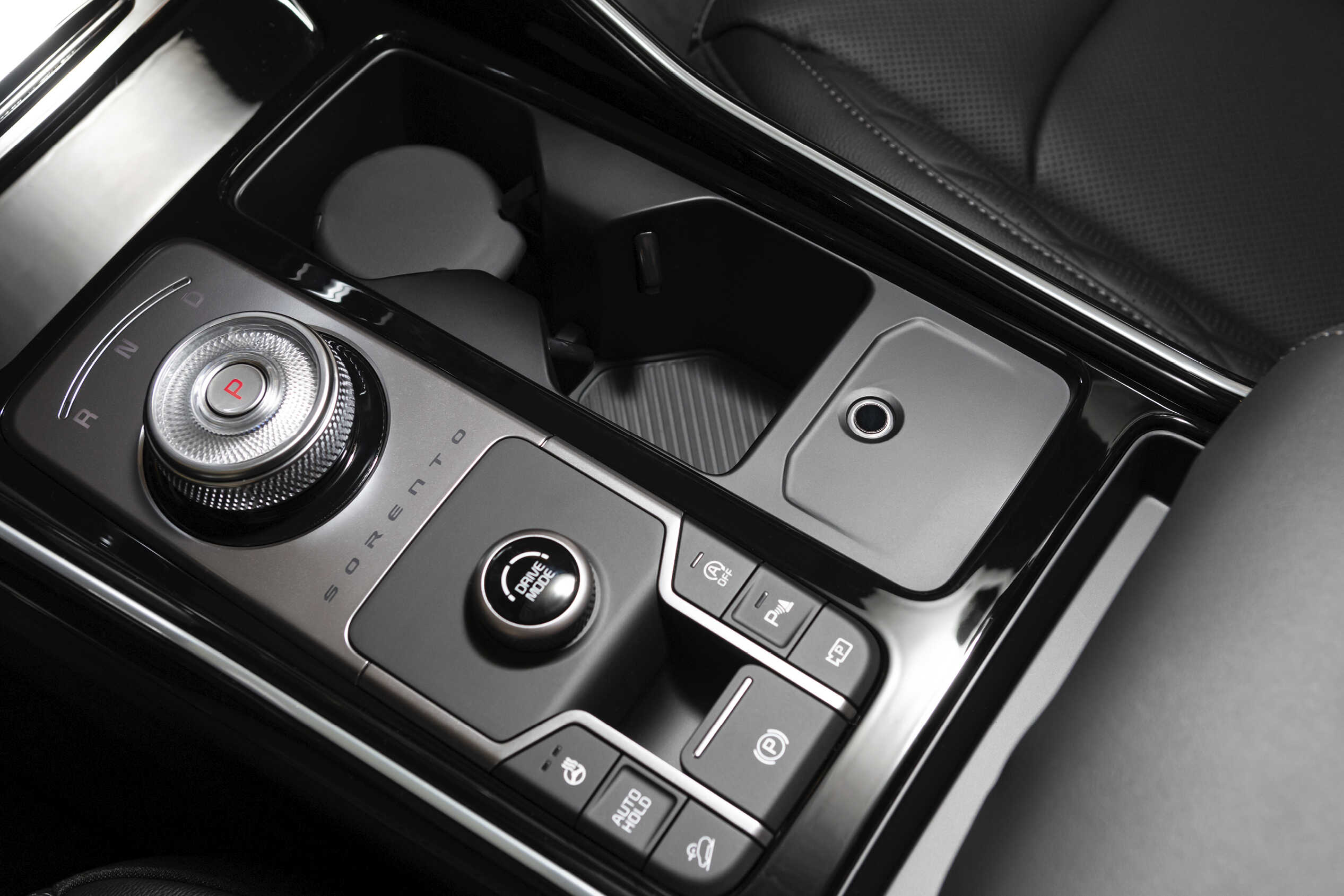
Another noteworthy feature is the basic application of the next-generation infotainment system (ccNC), which displays various information in an easy-to-read manner. The visibility and operability of information provided by the panoramic curved display, which seamlessly connects the 12.3-inch cluster and navigation screen, and the 10-inch head-up display, have been improved.
In addition, various convenience features are linked to the next-generation infotainment system to provide a more innovative connectivity experience - the fingerprint authentication system that not only retrieves personalized settings but also supports vehicle starting and Kia CarPay, Built-in Cam 2, which enhances recording performance by recording video and audio simultaneously, and Kia Digital Key 2 that allows a smartphone or smartwatch to function as a car key, for example. Another new feature is that Kia Connect Store provides a media streaming service.
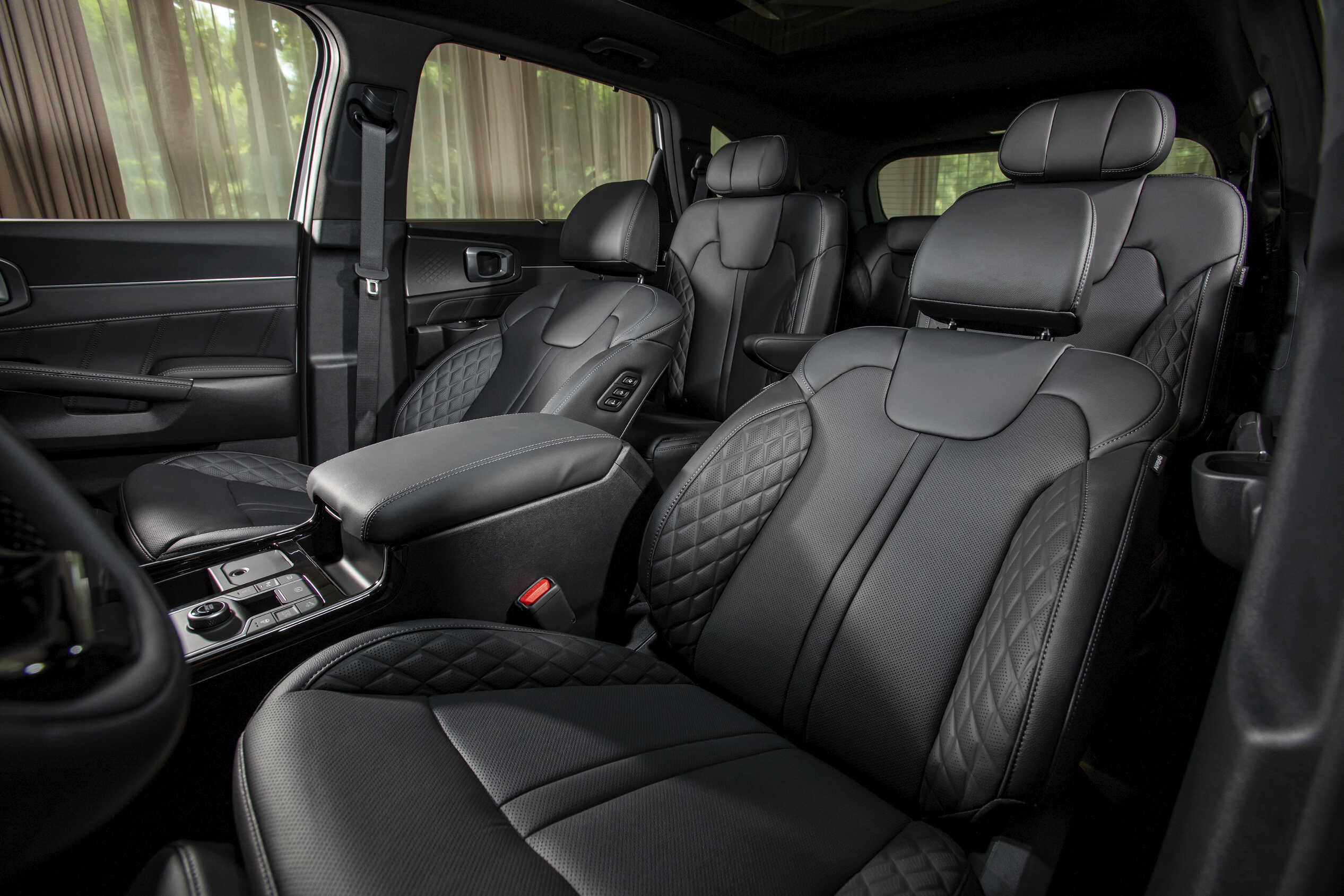
Q. As it is a family SUV that includes three rows of seats, there should be no discomfort in all seats. Please explain the improved features for each seat.
In the first row-passenger seat, horizontal shapes such as a panoramic curved display, infotainment/climate switchable controller, long horizontal air vents, and ambient lighting created a high-tech and wide sense of space. Here, passengers can enjoy a more stable feeling and a premium sense of space. Additionally, the first row features enhanced seat comfort specifications; The driver’s ergo motion seat activates 30 minutes or 1 hour after the start of driving to not only relieve fatigue by tapping back muscles, but also provides a stretching function to relieve tension in the pelvis and lower back. Passengers in the first row can enjoy a more comfortable rest using the relaxation comfort seats that provide a weightless posture when resting in the car.

The second-row seat of the 6-seater model is equipped with a wing-out headrest that provides more secure support for the sides of the head and neck, helping to ensure a safe journey. The 6- or 7-seater model with three rows of seats has additional convenience features for third-row passengers, such as a third-row independent manual air conditioner and two Type C USB ports. Even if a tall person sits in the third row or loads a lot of luggage in the cargo space, the driver will not experience any inconvenience thanks to the digital center mirror that provides a comfortable rear view. Since the screen brightness and height can be easily adjusted, the driver can freely load people or luggage into the third row. The digital center mirror can be useful even when rear visibility is poor due to a dirty rear window or when driving in the dark.

Q. As many new convenience and safety features have been added, the weight has increased and this also seems to have affected fuel efficiency and driving dynamics. Please tell us how you solved this.
Extensive reinforcement was made to the body and doors to enhance crash safety. For example, a 10-airbag system including second-row side airbags was applied as standard, and the internal structure of the B-pillar and front and rear doors was strengthened to safely respond to side collisions. In addition, various new specifications were applied, including wireless software updates. The vehicle weight increased by more than 50 kg, which inevitably had a negative impact on fuel efficiency and driving performance.
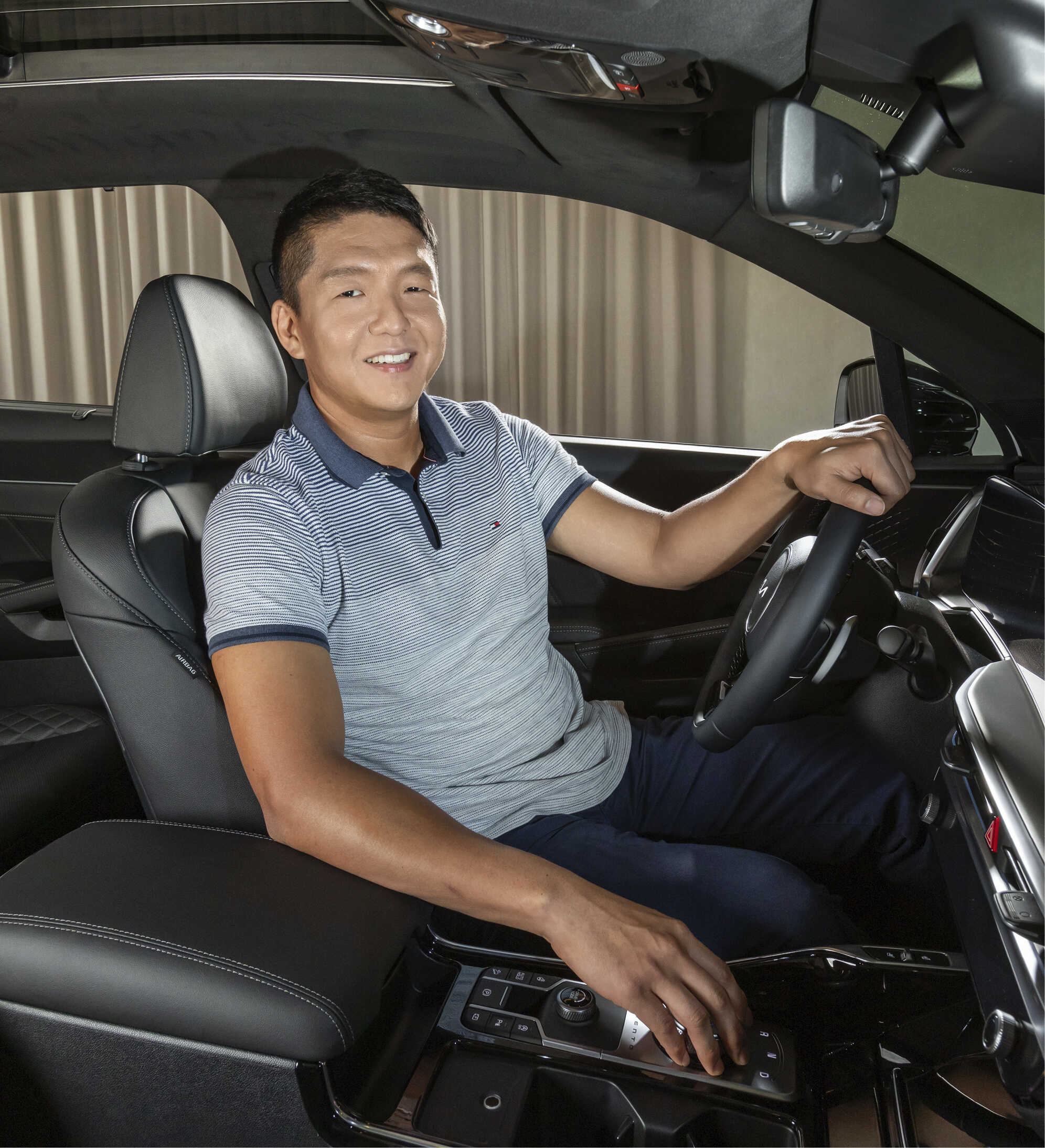
To help with fuel efficiency, we made improvements such as optimizing the thermal management of the powertrain, changing the exhaust cam phase angle, and increasing transmission efficiency. Thanks to this, the maximum fuel efficiency of the flagship model, the new Sorento Hybrid, increased from the existing 15.3 km/ℓ to 15.7 km/ℓ (based on the 5-seater FWD model). In addition, the hybrid model houses E-VMC (Electrification-Vehicle Motion Control) to improve driving dynamics. This technology actively utilizes the drive of the electric motor to improve driving performance, such as turning ability and ride comfort, of the new Sorento hybrid.
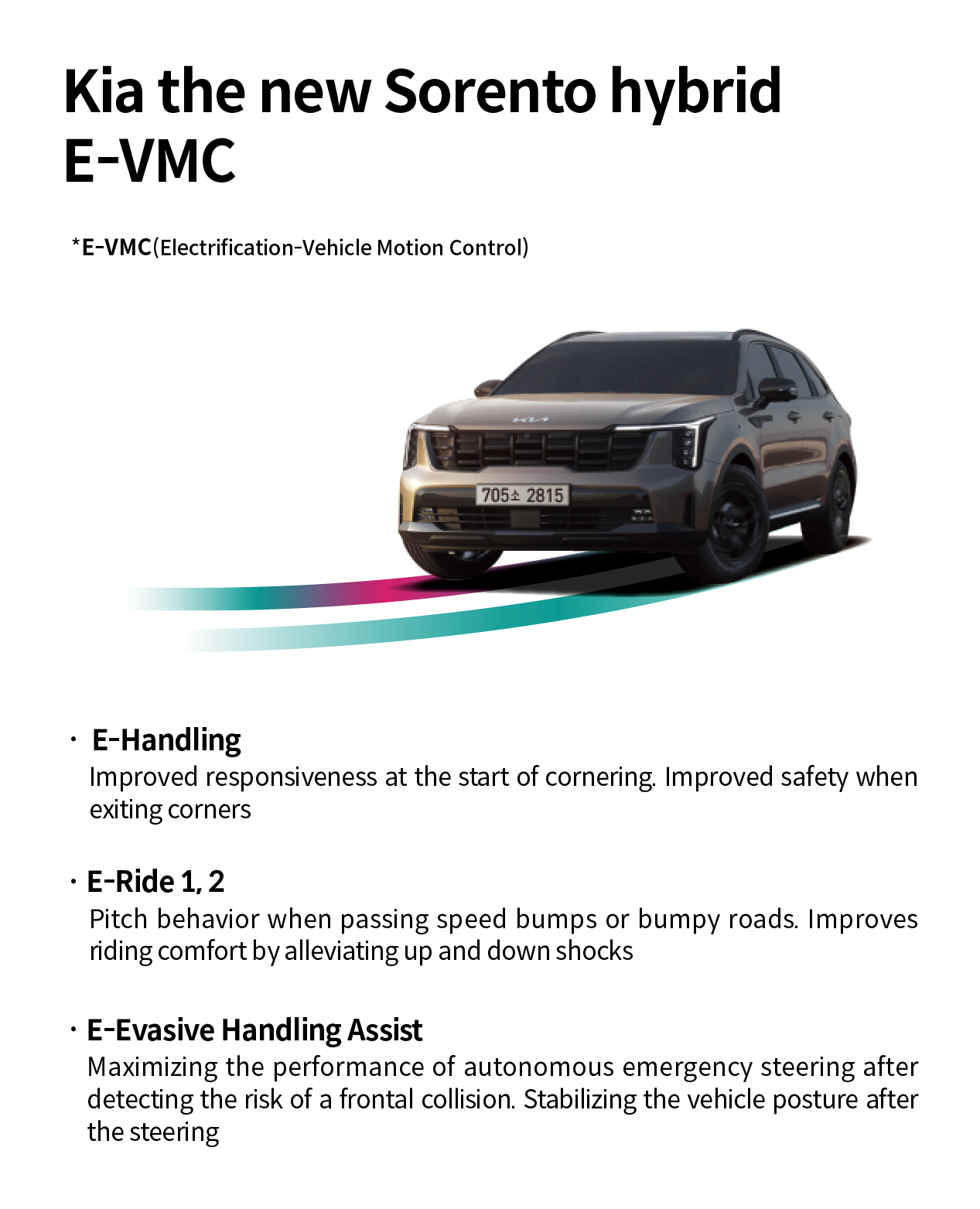
Q. Please provide a detailed explanation of the E-VMC technology newly applied to the hybrid model.
The new Sorento hybrid’s E-VMC technology is divided into three categories - E-Handling, which helps with cornering ability, E-Ride 1 and 2, which improves ride comfort, and Front E-EHA (E-Evasive Handling Assist) helps with evasive steering when there is a risk of collision. E-handling regulates the load transmitted to the front and rear wheels by controlling the torque of the electric motor that powers the driving and braking process. For example, when changing lanes or entering a smooth corner, the motor exerts braking torque to shift the center of gravity to the front wheels, and the increased front grip is used to enhance steering response. On the other hand, when exiting a corner, the electric motor uses the center of gravity to shift to the rear wheels in the process of adding power to acceleration, increasing rear wheel grip, which increases turning stability.
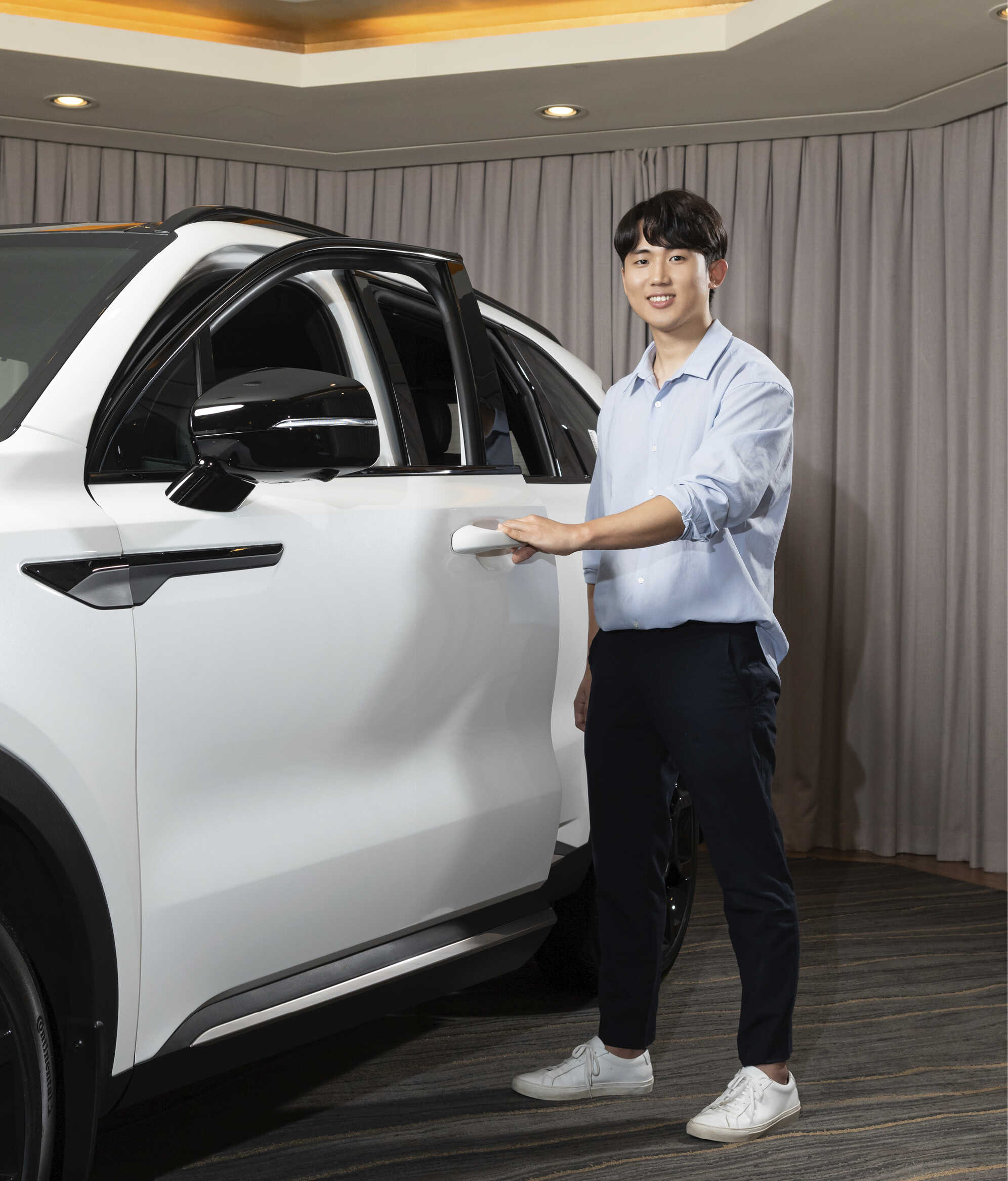
E-Ride helps improve riding comfort when passing speed bumps. When a car passes a speed bump, a pitch occurs where the front and rear parts oscillate up and down due to various phenomena such as pressure on the tires, movement of the suspension, and a sudden shift in the center of gravity. At this time, the HCU (Hybrid Control Unit), which detects the direction of the car’s movement through wheel sensors and acceleration sensors, controls the motor driving force in real time to reduce the pitch. In addition, motor control technology using the mechanism of semicircular canal, responsible for sensing angular human head motion, reduces the amount of lifting of the front of the car when accelerating.
E-EHA maximizes evasion performance due to increased front wheel load during emergency evasive steering through torque control of the drive motor. And this also increases the rear wheel load when quickly reorienting the vehicle after evasion, thereby increasing turning stability. The control principle is similar to E-Handling, but the difference is that E-EHA operates when cameras and radar detect the risk of a frontal collision.
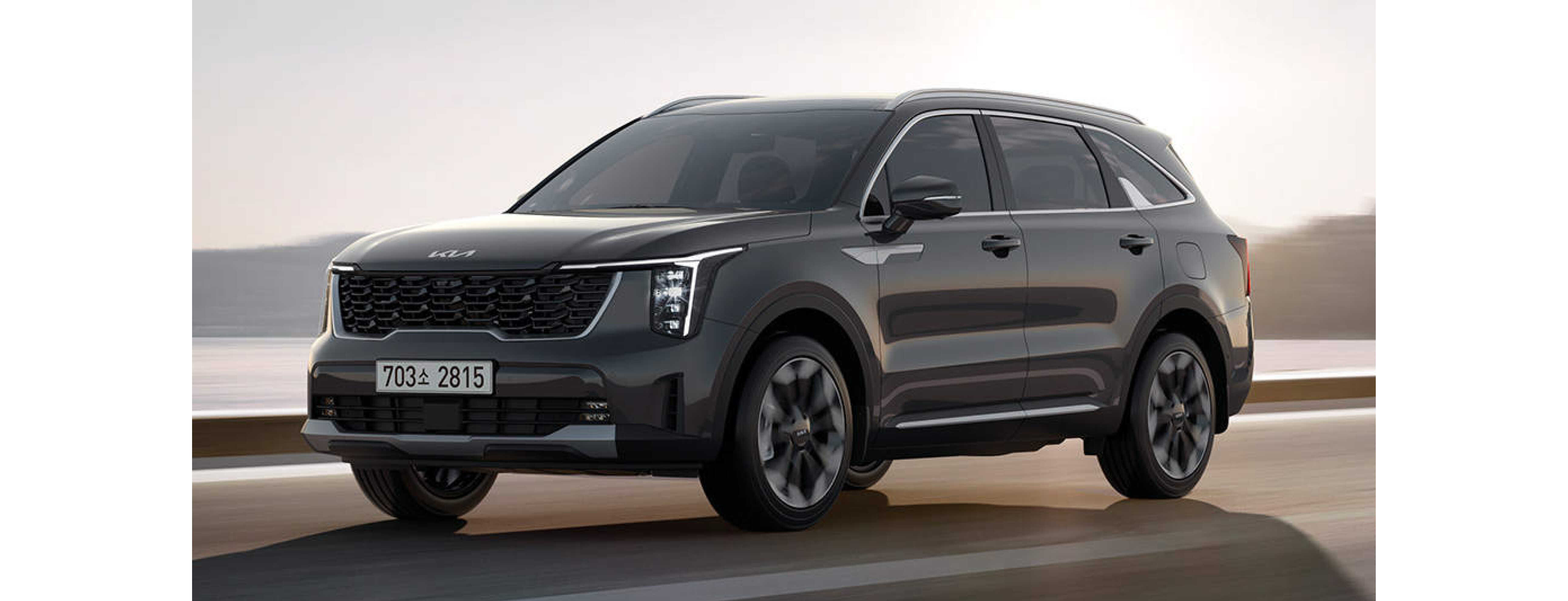
Q. Were the improvements to R&H (handling and ride quality) and NVH (noise vibration harshness) performance intended to enhance the driving quality of the new Sorento?
For R&H, we focused on improving ride comfort and steering stability more than before by optimizing the suspension structure and bushings. The upgraded frequency-sensitive shock absorber improves driving quality and impact, providing a more luxurious and comfortable ride. In addition, the rubber bushings used at the rear of the front subframe and in front of the rear crossmember were changed to hydro bushings to absorb more road shock and driving vibration. Lastly, by optimizing the length of the bump stopper at the top of the front damper, handling performance and vertical movement of the car body were also refined to a stable direction.
In terms of NVH, the steering wheel components were changed from magnesium to aluminum to improve the vibration of the steering wheel when stopping or accelerating. Additionally, the hydro bushing mentioned earlier was able to reduce road noise. No matter which model you choose - 2.5 gasoline turbo, 2.2 diesel, or 1.6 turbo hybrid - you will be able to experience a more comfortable ride and quieter cabin than before.
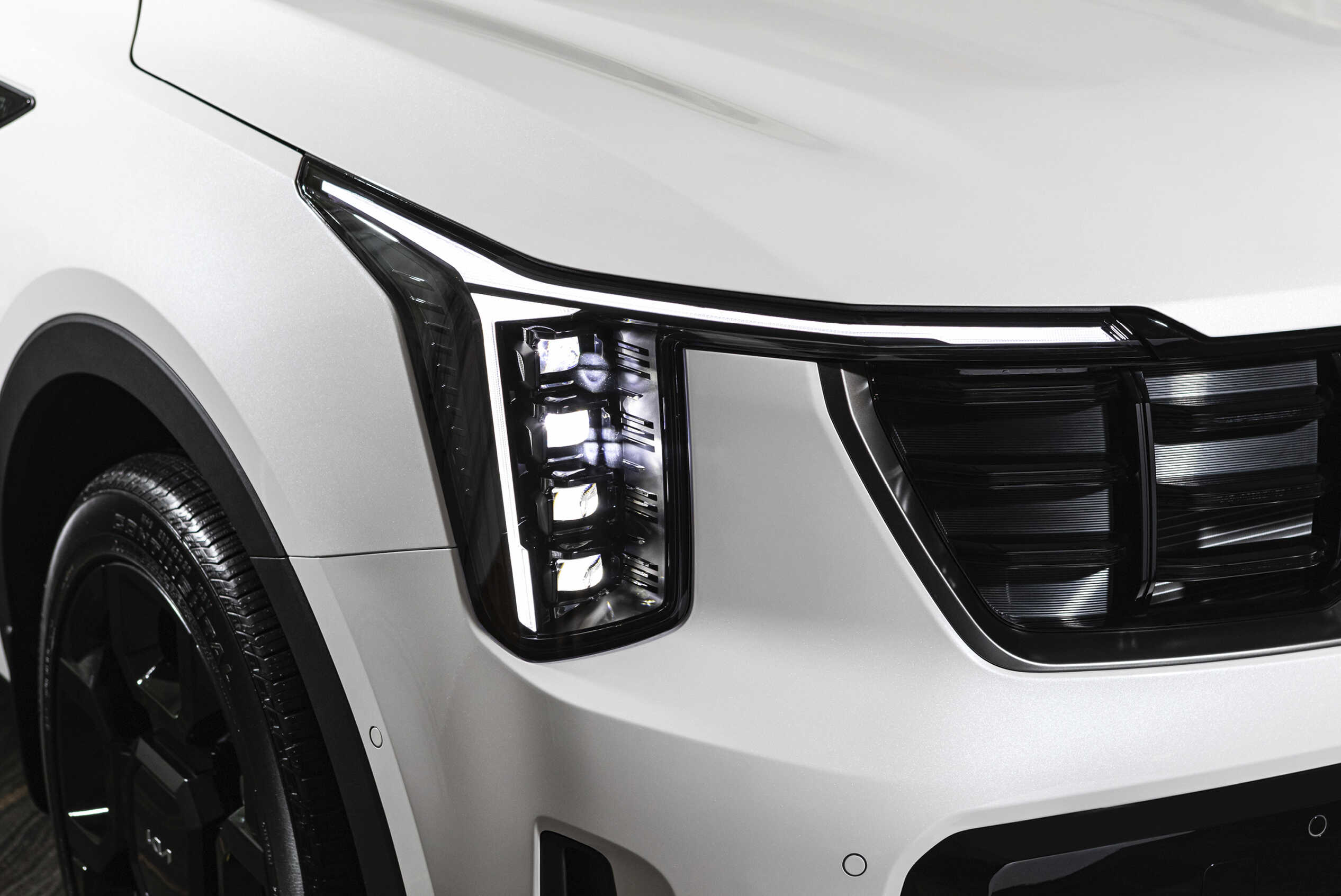
Q. The new Sorento has been released, but the current situation in the SUV market is more intense than ever, both domestically and internationally. What are the charms that will make the new Sorento even more iconic?
What makes the new Sorento’s design special is that it harmonizes the dynamic image with the strong style typical of SUVs preferred by domestic SUV consumers. In addition, despite being a model with improved marketability, many high-tech and future-oriented design elements were added - star map signature lighting on the front, sequential turn signals, panoramic curved display in the cabin space, and infotainment/climate switchable controller, etc. The new Sorento, housed in a unique design and cutting-edge technologies such as connectivity and ADAS, will provide an experience that anyone can easily appreciate.
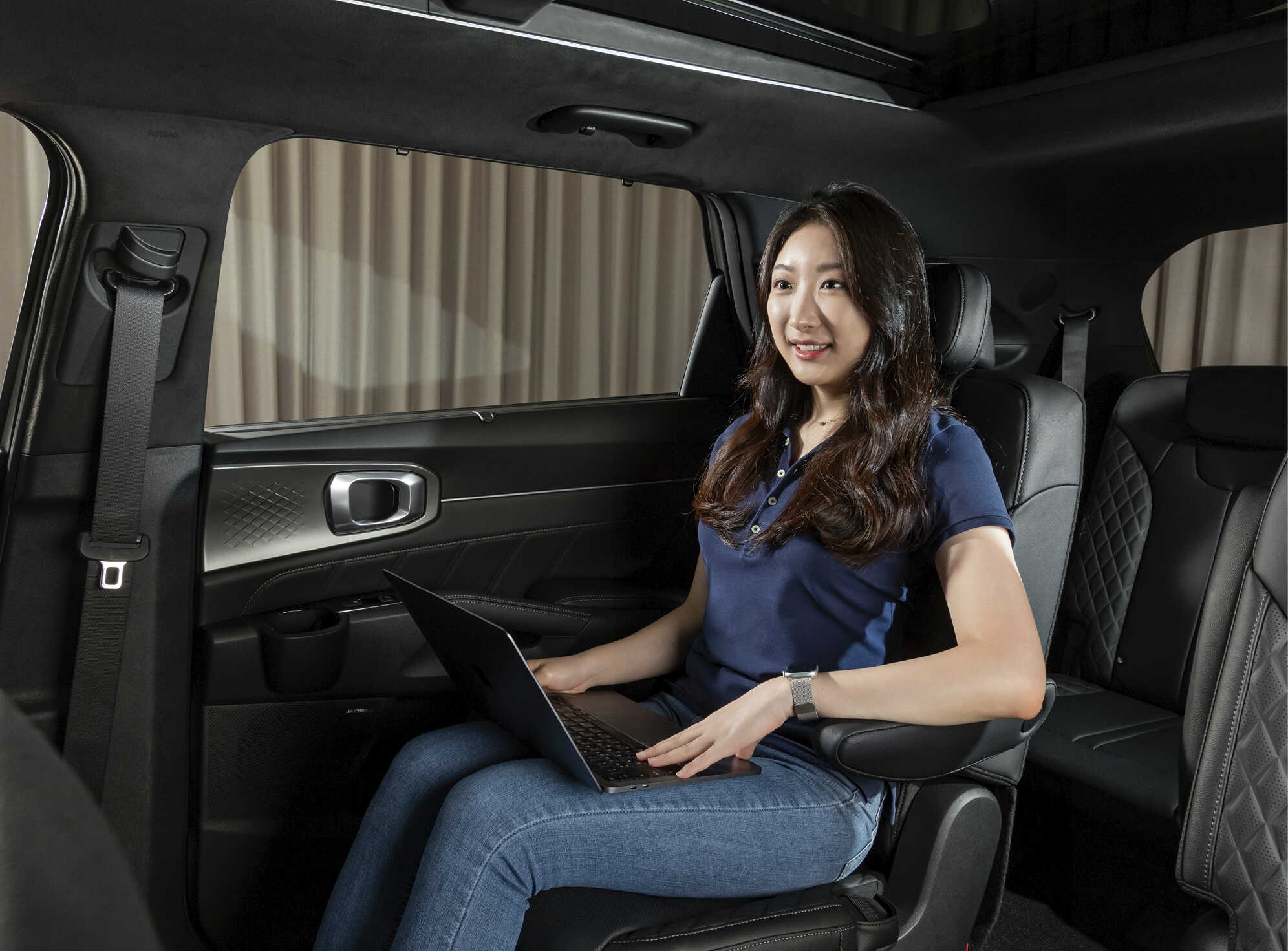
Q. One of the features of the new Sorento that consumers can experience is that it is sold in three trims, which are fewer than the existing options. What is the reason for reducing the trim types, and please explain the specifications for each trim.
The Sorento, gasoline turbo and diesel models, were sold in four trims: Trendy, Prestige, Noblesse, and Signature. On the other hand, since the hybrid model offers three trims except for Trendy, there was a lot of confusion among consumers when purchasing it. In particular, as of this year, the sales portion of the Trendy trim was only about 1%, so the new Sorento deleted this trim and improved the marketability of each trim.
In addition, considering that more than 90% of consumers who previously selected the Trendy trim chose essential convenience features such as navigation, we reorganized the trim options into three types: Prestige, Noblesse, and Signature. So, in addition to the 12.3-inch navigation, we have made essential ADAS specifications that improve driving convenience and safety as standard specifications.
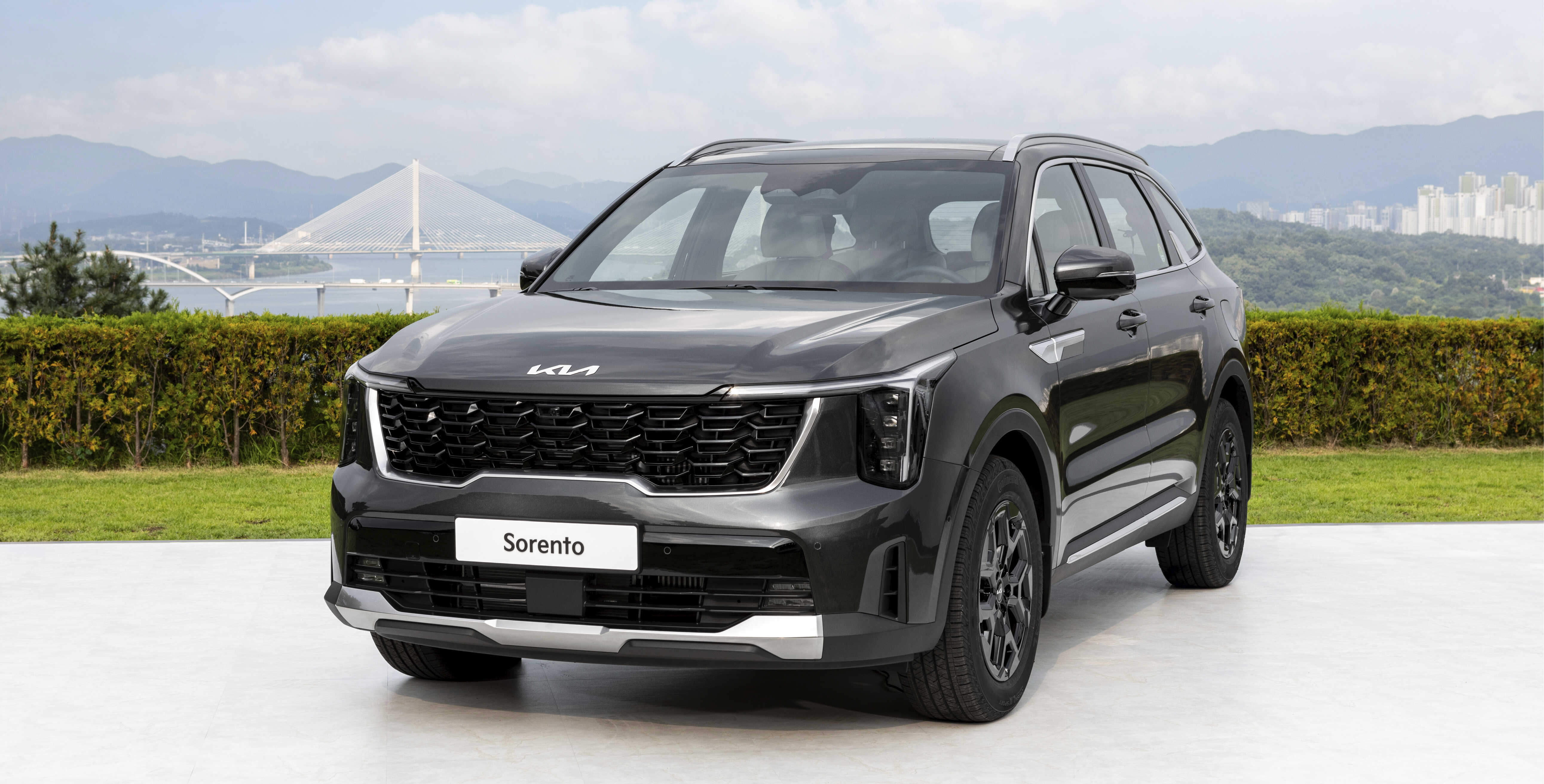
The Prestige trim is characterized by improved consumer accessibility by standardizing connectivity and driver-oriented specifications. Basic specifications such as 10 airbags, 12.3-inch navigation, wireless software update, and ADAS are fully applied, so owners can experience changes in the new Sorento without any additional optional items.
The Noblesse trim is optimized for family SUVs with convenience for rear seat passengers, a smart power tailgate, and a surround view monitor. Signature, the highest trim, emphasizes luxury by applying high-tech new specifications such as full LED lamps, reverse guide lamps, and a digital center mirror.
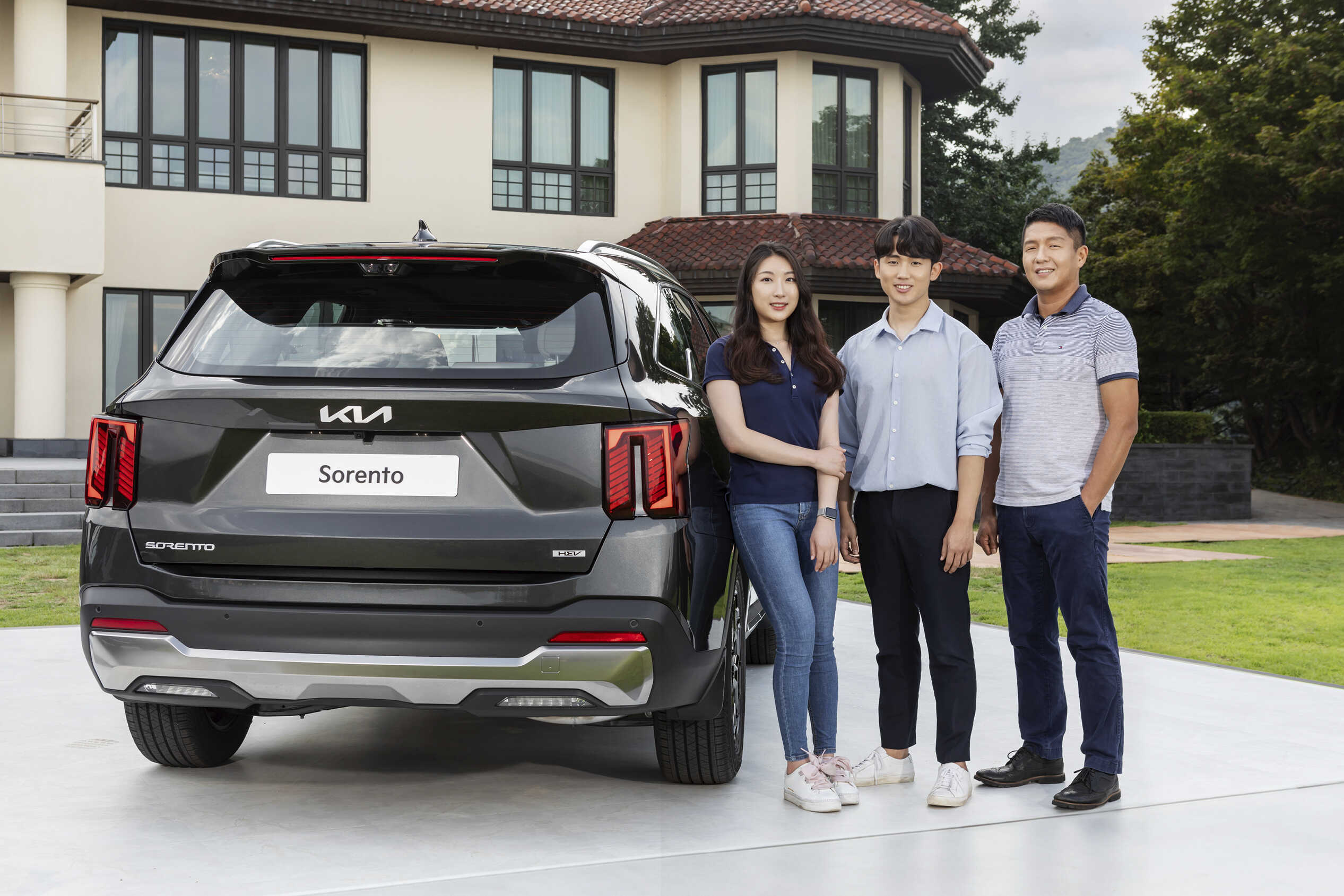
Q. Last question. The EV market is growing rapidly and various electric SUVs are being unveiled. Please explain the efforts you are making to solidify the position of Sorento, Kia’s iconic global mid-sized internal combustion engine SUV.
Sorento plans to continue to reflect consumers’ diverse needs for an electrified vehicles, focusing on hybrid models. In fact, since its launch in 2020, the Sorento Hybrid has reached 85% of the domestic contracted car sales, proving to be the most popular hybrid model in Korea. And consumer preference is expected to increase even further after the E-VMC technology that improves driving performance is newly installed in the new Sorento hybrid.
In addition, we plan to continuously implement and strengthen marketability comparable to that of future-oriented EVs by applying various cutting-edge new technologies - just as we strengthened the marketability of the new Sorento by broadly applying cutting-edge technologies such as wireless software updates and next-generation connectivity that have already been spread in existing EVs.
Photography by Dae-il Choi, Beom-seok Kim